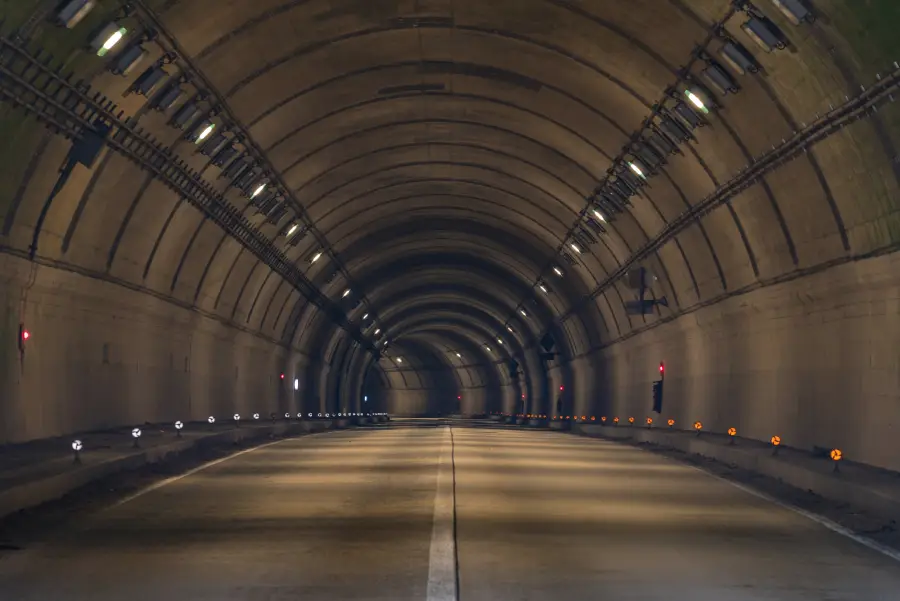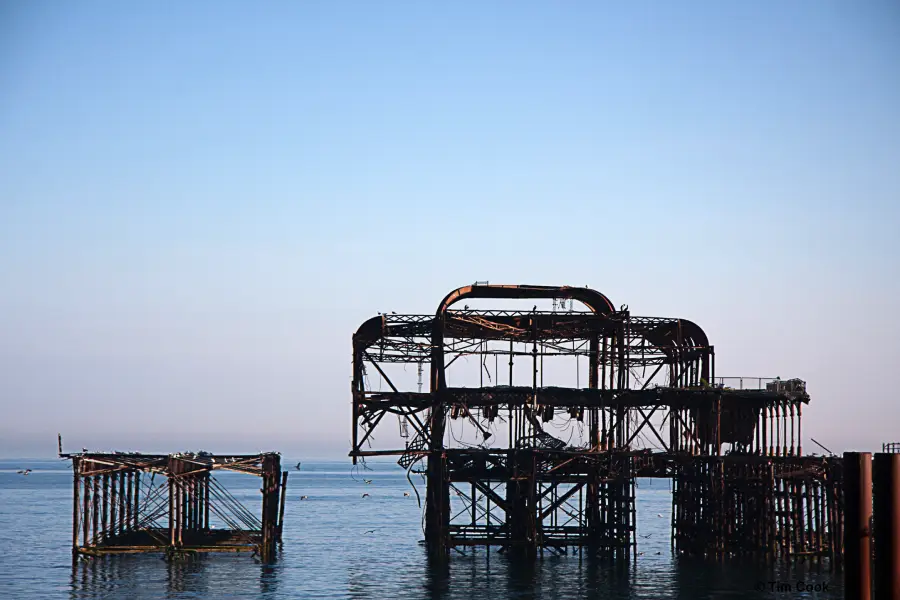Civil engineering is the foundation of modern society. It’s the discipline behind every structure we live in, travel through, or rely on for daily function. From homes and highways to airports and oil platforms, civil engineers are the professionals who plan, design, and build the infrastructure that keeps communities moving forward.
What makes civil engineering unique is its focus on real-world impact. Every decision, from the choice of material to the structural design, aims to balance safety, function, and efficiency. Whether it’s a small pedestrian bridge or a massive hydroelectric dam, success begins with understanding the different types of structures in civil engineering.
Why Understanding Different Structure Types Matters?
Knowing the different types of structures in civil engineering isn’t just for engineers. Each structure type has its own design challenges, safety standards, and performance requirements.
When engineers understand the structural type early in a project, they can reduce risks, optimize resources, and deliver long-lasting results. The classification also impacts construction time, maintenance costs, and even environmental footprint. In short, knowing what you’re building shapes how you build it.
Popular Types of Structures in Civil Engineering
Buildings
Among the most common and visible types of structures in civil engineering, buildings serve essential functions in everyday life. They are designed to accommodate people, processes, and products across a variety of sectors. Whether used for living, working, or production, each building type must meet different structural demands based on its purpose, occupancy, and environment. Civil engineers ensure that every building stands strong, remains functional, and adheres to all safety and performance standards.
Residential
Residential buildings are where we live, rest, and raise families. These include single-family homes, townhouses, and apartment complexes. The focus is on safety, comfort, and efficient use of space. Civil engineers work closely with architects to ensure structural integrity while supporting features like HVAC, plumbing, and insulation.
Commercial
Commercial buildings serve businesses and the public. They’re often multi-story, high-occupancy structures that demand precise load calculations and accessibility planning. Office buildings, retail centers, and healthcare facilities all require different design criteria based on use, traffic, and utilities.
Industrial
Industrial structures support manufacturing and logistics. These include factories, storage depots, and large warehouses with wide, open floor plans. Engineers prioritize strength, load capacity, and temperature resistance to handle heavy machinery, stock, and operations around the clock.
Bridges

Bridges are among the most iconic and essential types of structures in civil engineering, built to connect places, people, and systems. Whether crossing a river, a valley, or an urban interchange, bridges must carry live loads while resisting wind, vibration, and shifting ground. Civil engineers evaluate span length, material strength, and environmental factors to choose the best bridge type for the location.
Beam bridges
Beam bridges are the simplest form of bridge structures. They rely on horizontal beams supported by vertical piers. While basic in form, they are highly effective for short spans and are often used in rural roads and pedestrian walkways.
Suspension bridges
Suspension bridges offer long-span flexibility and visual elegance. These structures are supported by cables hanging from tall towers, allowing them to cross wide rivers or deep valleys. They’re ideal for highways and iconic city crossings.
Arch bridges
Arch bridges use curved supports to transfer loads efficiently into abutments at each end. These structures have been used since ancient times and are still common in both modern and historical settings for their strength and aesthetic appeal.
Cable-stayed bridges
Cable-stayed bridges combine elements of suspension and beam bridges. They use straight cables connected directly to towers, providing excellent stability and architectural value for medium to long spans. They’re widely used in modern transportation networks.
Dams
These massive constructions are designed to control water flow, generate electricity, and support agricultural systems. Safety, soil conditions, water load, and environmental impact all play a role in selecting the right dam type.
Gravity dams
Gravity dams rely on their weight to hold back water. Built from concrete or masonry, these massive structures resist horizontal water pressure through their own mass and geometry. They’re commonly found in hydroelectric and irrigation projects.
Arch dams
Arch dams are curved upstream and use the natural strength of the arch shape to push the water pressure toward the canyon walls. They require strong foundation rock but use less material than gravity dams, making them ideal for narrow gorges.
Embankment dams
Embankment dams are made of compacted earth or rock and covered with impermeable material. They’re flexible and cost-effective, often used in wide valleys or softer soil conditions. These structures are especially popular in flood control and water storage.
Tunnels
Tunnels represent a specialized category that allow transportation and utilities to pass through natural or manmade barriers. Whether dug through mountains or laid beneath rivers, tunnels must withstand pressure, moisture, and ongoing vibrations. Civil engineers use advanced techniques to ensure stability, safety, and ventilation.
Road Tunnels
Road tunnels allow traffic to pass beneath obstacles like mountains or bodies of water. They improve traffic flow, reduce travel time, and minimize environmental disruption. Civil engineers ensure safety by integrating ventilation, lighting, and emergency systems.
Railway Tunnels
Rail tunnels offer a direct path for high-speed or freight trains through difficult terrain. These tunnels are built with strict alignment and vibration criteria to ensure smooth travel, especially in urban or mountainous regions.
Underwater Tunnels
Underwater tunnels connect islands or cross beneath rivers and harbors. These complex structures use advanced waterproofing and pressure-control systems to keep them dry and stable even under high water loads.
Utility Tunnels
Utility tunnels house water pipes, electrical lines, fiber optics, and gas pipelines. They allow for safe and accessible routing beneath cities, minimizing surface disruption and enabling easier maintenance.

Towers and Tall Structures
Among the most specialized types of structures in civil engineering, towers and tall structures are built for communication, observation, industrial processes, and vertical living. These designs must address extreme height, wind forces, and structural sway while meeting functional and aesthetic goals. Engineers apply innovative load distribution and anchoring systems to keep these towers safe and efficient.
Communication Towers
Communication towers are vertical structures that support antennas for broadcasting, mobile data, and emergency services. These are often steel lattice or monopole designs optimized for height and minimal wind resistance.
Observation Towers
Observation towers are built to provide public viewing or serve as landmarks. These can include tourist attractions, fire lookout towers, or scenic platforms, all requiring sturdy design and visitor safety features.
Skyscrapers
Skyscrapers are high-rise buildings that dominate city skylines. Engineers focus on wind resistance, vertical load transfer, and seismic safety when designing these massive structures. Modern skyscrapers often include mixed-use spaces with retail, office, and residential floors.
Chimneys and Cooling Towers
Used in power plants and factories, chimneys and cooling towers manage heat and emissions. Their tall, tapering shapes are designed for maximum draft, environmental compliance, and material resistance.
Offshore Structures
Offshore structures extend the reach of civil engineering into ocean and sea environments, standing as one of the most technically demanding structures in civil engineering. These structures must be built to endure constant motion, high winds, and corrosive saltwater. From resource extraction to renewable energy, offshore projects require robust design and long-term resilience.
Oil and Gas Platforms
These offshore structures are built to extract natural resources from beneath the seabed. Engineers design them to withstand harsh marine conditions, including waves, corrosion, and storms, while ensuring safe operation for crews.
Offshore Wind Turbines
Wind turbines at sea harness wind energy to generate electricity. These structures must resist constant motion, salt exposure, and heavy equipment loads. Engineers optimize their foundation types based on seabed conditions.
Floating Bridges and Underwater Pipelines
Floating bridges allow traffic across wide waters where piers can’t be installed. Underwater pipelines transport oil, gas, or water and must be securely anchored and corrosion-resistant. Both require specialized design to ensure durability and safety under pressure.

Conclusion
All types of structures in civil engineering come with their own design principles and material needs. A skyscraper must resist wind and seismic forces, while a tunnel must handle pressure and moisture. The function of the structure dictates everything from its geometry to its foundation.
By identifying the right structure type early on, structural engineers can select the best materials, steel, concrete, composite, or earth, optimize design efficiency, and meet all safety regulations. This leads to fewer changes, shorter construction times, and more sustainable results.
